- Home
- Articles
- Architectural Portfolio
- Architectral Presentation
- Inspirational Stories
- Architecture News
- Visualization
- BIM Industry
- Facade Design
- Parametric Design
- Career
- Landscape Architecture
- Construction
- Artificial Intelligence
- Sketching
- Design Softwares
- Diagrams
- Writing
- Architectural Tips
- Sustainability
- Courses
- Concept
- Technology
- History & Heritage
- Future of Architecture
- Guides & How-To
- Art & Culture
- Projects
- Interior Design
- Competitions
- Jobs
- Store
- Tools
- More
- Home
- Articles
- Architectural Portfolio
- Architectral Presentation
- Inspirational Stories
- Architecture News
- Visualization
- BIM Industry
- Facade Design
- Parametric Design
- Career
- Landscape Architecture
- Construction
- Artificial Intelligence
- Sketching
- Design Softwares
- Diagrams
- Writing
- Architectural Tips
- Sustainability
- Courses
- Concept
- Technology
- History & Heritage
- Future of Architecture
- Guides & How-To
- Art & Culture
- Projects
- Interior Design
- Competitions
- Jobs
- Store
- Tools
- More

When it comes to home improvement, the roof often gets overlooked. Homeowners tend to prioritize interior renovations or landscaping, forgetting that an effective roofing system is the first line of defense against rain, snow, wind, and UV rays. The lifespan of a roof is contingent not just on the materials used but also on proper installation and maintenance. This guide explores various roofing options, maintenance tips, and key factors to consider when investing in a long-lasting roof.
Table of Contents
ToggleUnderstanding Roofing Materials
The type of roofing material significantly impacts durability and longevity. Common options include asphalt shingles, metal roofing, tile, and slate. Each material has its own strengths and weaknesses. Asphalt shingles are the most popular due to their affordability and ease of installation, but they typically last around 20 years. Metal roofing has gained traction for its extended lifespan of 50 years or more, along with energy efficiency benefits. Tile and slate offer superior longevity and aesthetic appeal; however, they are more expensive and require solid structural support to handle their weight.

Installation Matters
Even the highest-quality roofing materials can fail if not installed correctly. The installation process involves proper alignment, securing of shingles, and adequate sealing to prevent leaks. Mistakes made during installation can lead to premature wear and tear, the growth of mold, or even complete roof failure. Hiring experienced professionals is crucial for achieving a durable roof. Make sure to inquire about their warranty policies, which can offer additional protection if issues arise after installation.
Regular Maintenance Checks
To ensure the longevity of a roof, regular maintenance is key. Homeowners should perform inspections at least twice a year, ideally in the spring and fall. During these inspections, pay attention to any visible signs of damage, such as cracked shingles, missing tiles, or rusted flashing. Homeowners should clear debris from gutters and downspouts to prevent water buildup and potential leaks. For a thorough evaluation, consider scheduling professional Indian Shores roof inspections to identify hidden problems that may not be visible during a casual checkup. This diligence can save you from costly repairs and replacements down the line while ensuring that your roof serves you well for many years to come.
The Importance of Ventilation
Proper ventilation plays a critical role in extending the life of your roof. Inadequate ventilation can lead to moisture buildup, which may cause wood rot, mold growth, and insulation damage. Signs of poor ventilation include peeling paint, mold, and a hot attic space. Installing ridge vents and soffit vents can significantly improve airflow and reduce moisture levels, ultimately prolonging the lifespan of the roof.
Climate Considerations
The local climate is another vital factor when selecting roofing materials. Areas with extreme weather conditions, such as heavy rainfall or intense sun, necessitate specific roofing solutions tailored to withstand such challenges. In humid climates, opt for materials resistant to mold and rot. Alternatively, in regions with frequent hail or snow, materials that can endure impact and snow load are essential. It’s crucial to consider your geographical location to choose the most appropriate roofing materials for longevity.
Roofing Upgrades and Innovations
Advancements in roofing technology have introduced various innovative solutions designed to enhance roof longevity. For instance, reflective roofing materials help regulate building temperatures, which can extend the roof’s life while also improving energy efficiency. Roof coatings can provide an extra layer of protection against weathering and UV damage. These coatings can significantly extend the lifespan of a roofing system while reducing energy bills.

Identifying Signs of Roof Damage
Being able to recognize early signs of roof damage can prevent costly repairs later on. Common indicators include water stains on ceilings, drafts in your home, or excessive granule accumulation in gutters. Homeowners should also be on the lookout for blistering or curling shingles, as these can signal the end of their effective life. Quick detection can lead to swift action, thereby saving you from potential headaches down the road.
The Role of Professional Inspections
While regular self-inspections are advisable, engaging professionals is crucial for a thorough evaluation. Experts can identify detrimental issues that might go unnoticed by an untrained eye. They bring a wealth of experience and are equipped with tools that allow them to assess the roof’s condition correctly. Moreover, a professional inspection can provide actionable recommendations that cater specifically to your situation, ensuring that your roof remains resilient.
Investing in a long-lasting roof involves a multi-faceted approach, from understanding materials and installation methods to committing to regular maintenance and inspections. By monitoring your roof and making informed choices during installation and care, you can maximize its lifespan and performance, safeguarding your home against the elements. Addressing minor issues promptly will also ensure a durable roof that withstands the test of time.
illustrarch is your daily dose of architecture. Leading community designed for all lovers of illustration and #drawing.
Submit your architectural projects
Follow these steps for submission your project. Submission FormLatest Posts
General Arrangement Drawings in Architecture: The Backbone of Clear Design Communication
General Arrangement Drawings explained: what they are, when to use them, how...
The Ultimate Guide to Fencing in North Dakota: Choosing the Best Fence for Your Property
Watching a chain link fence twist in 70 mph winds near Minot...
Gaudí: Where Architecture Meets Science
Gaudí: Where Architecture Meets Science shows catenary arches, ruled surfaces, and biomimicry...
How Housing Market Forces Shape Architectural Design Today
Architecture never exists in isolation. Buildings rise from a mix of ambition,...


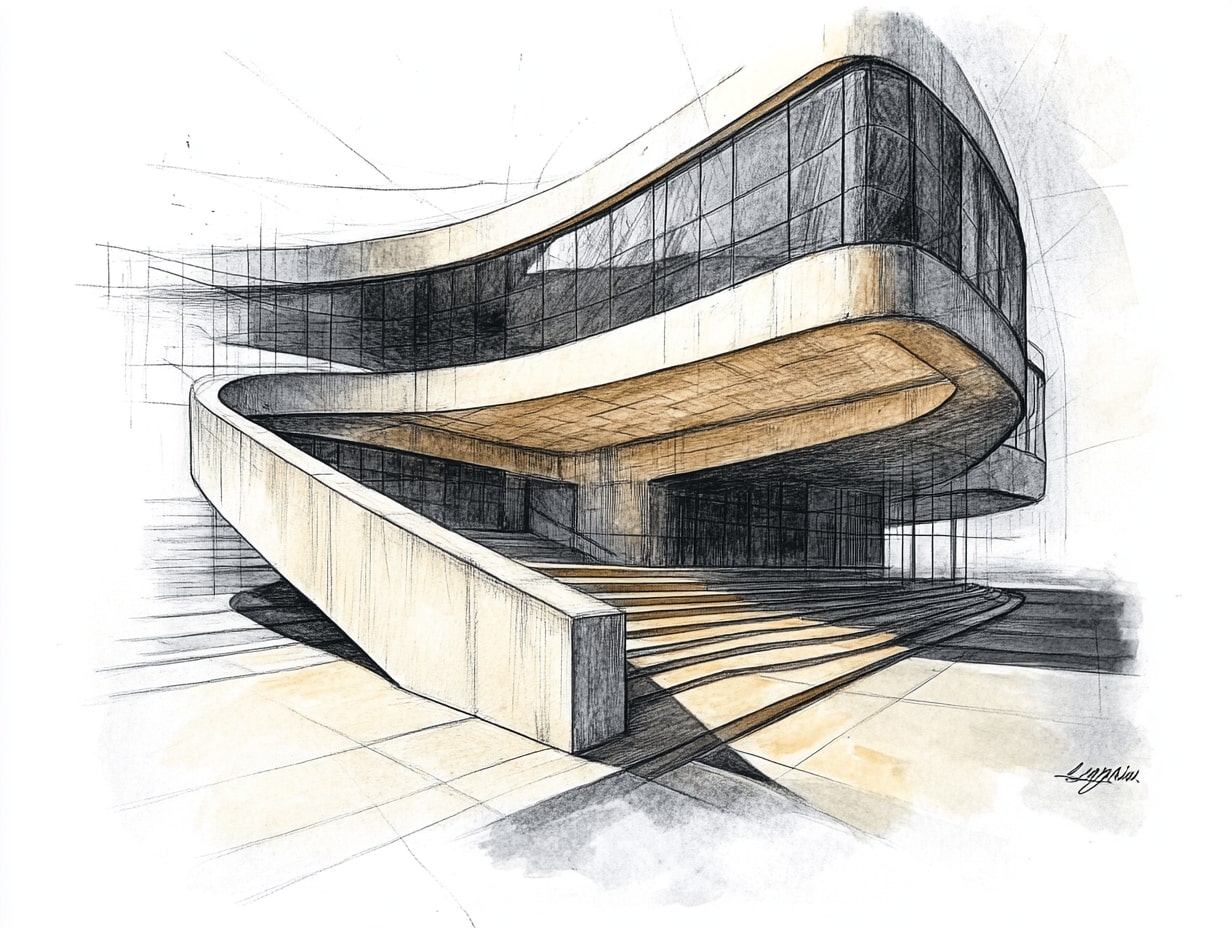
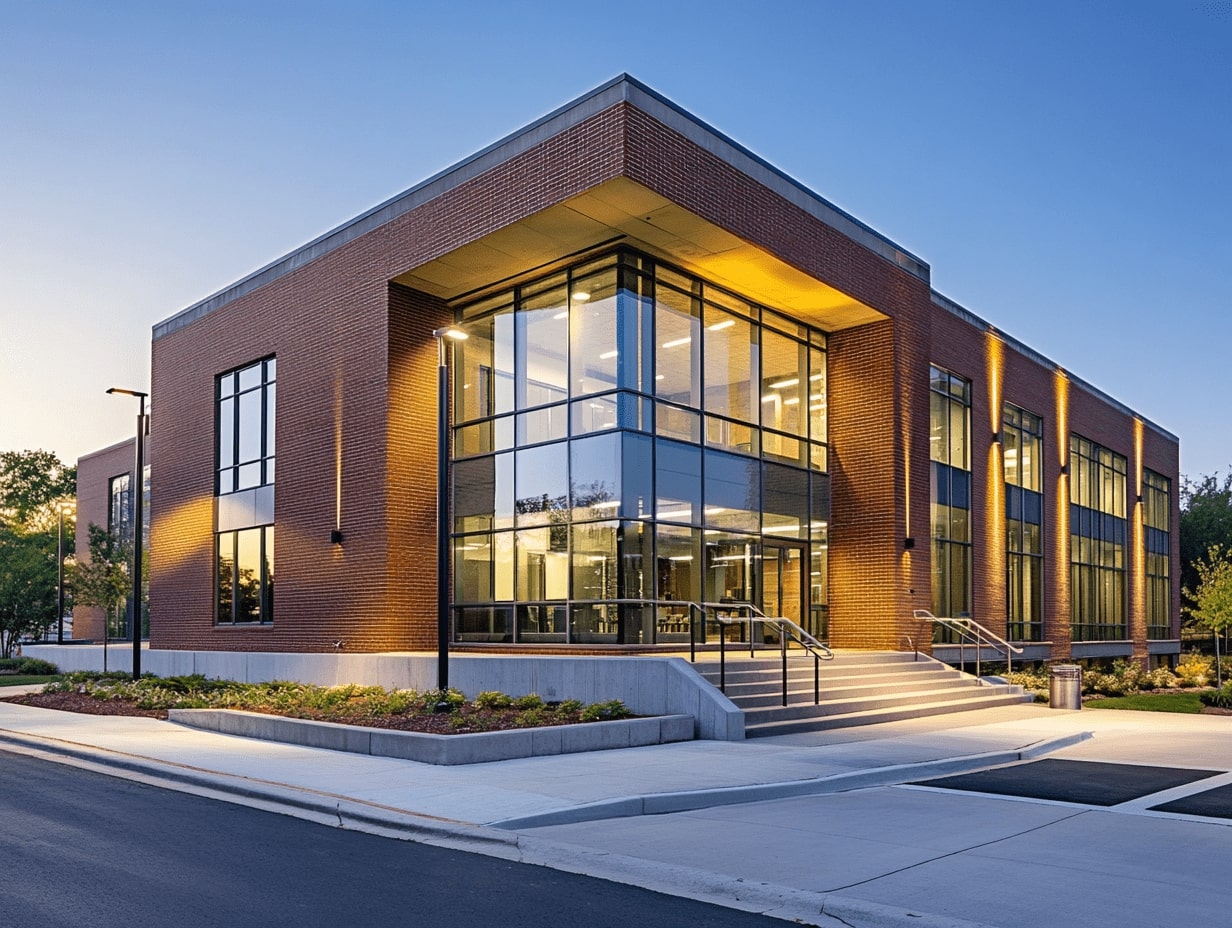



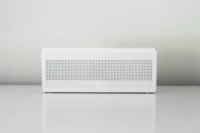

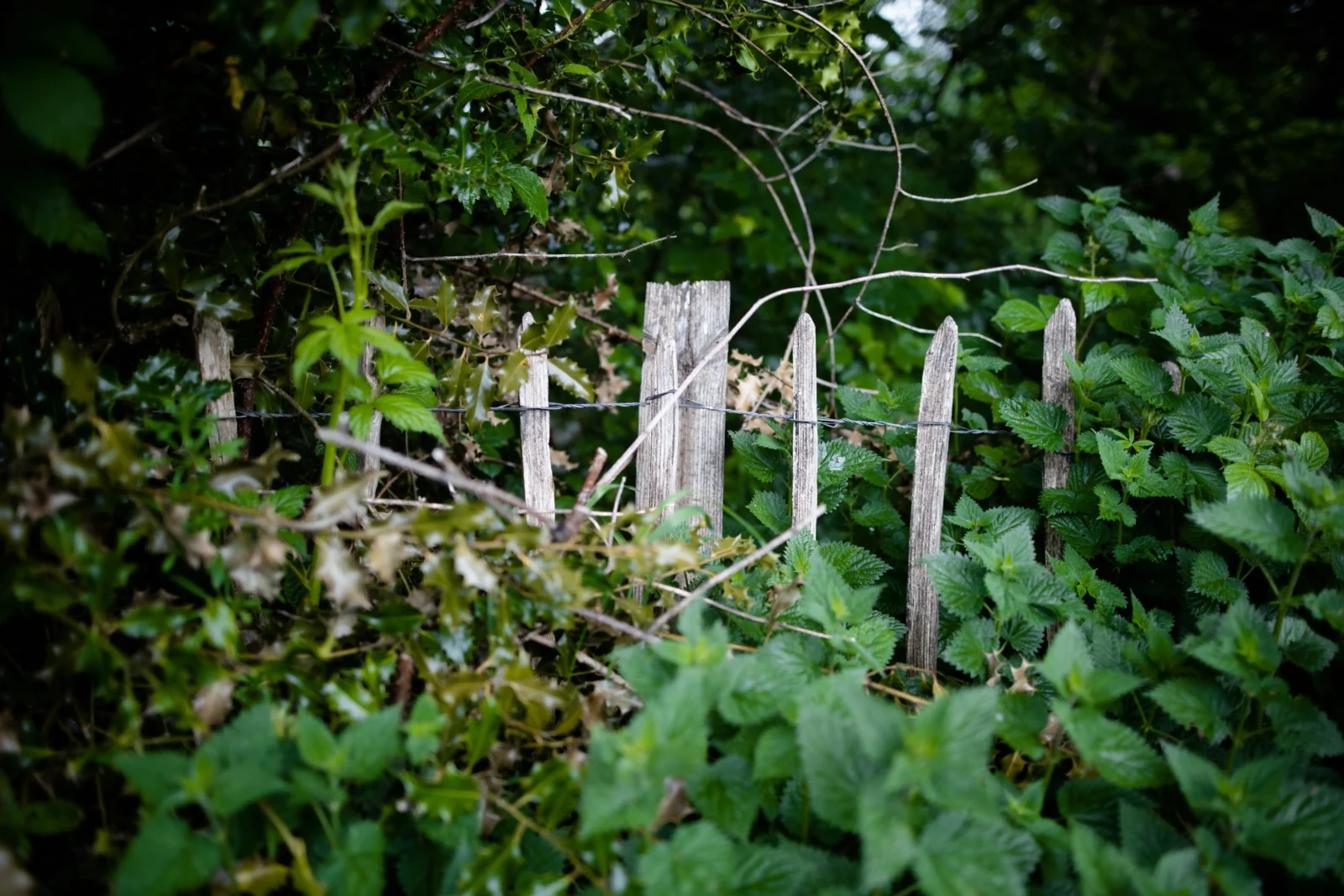

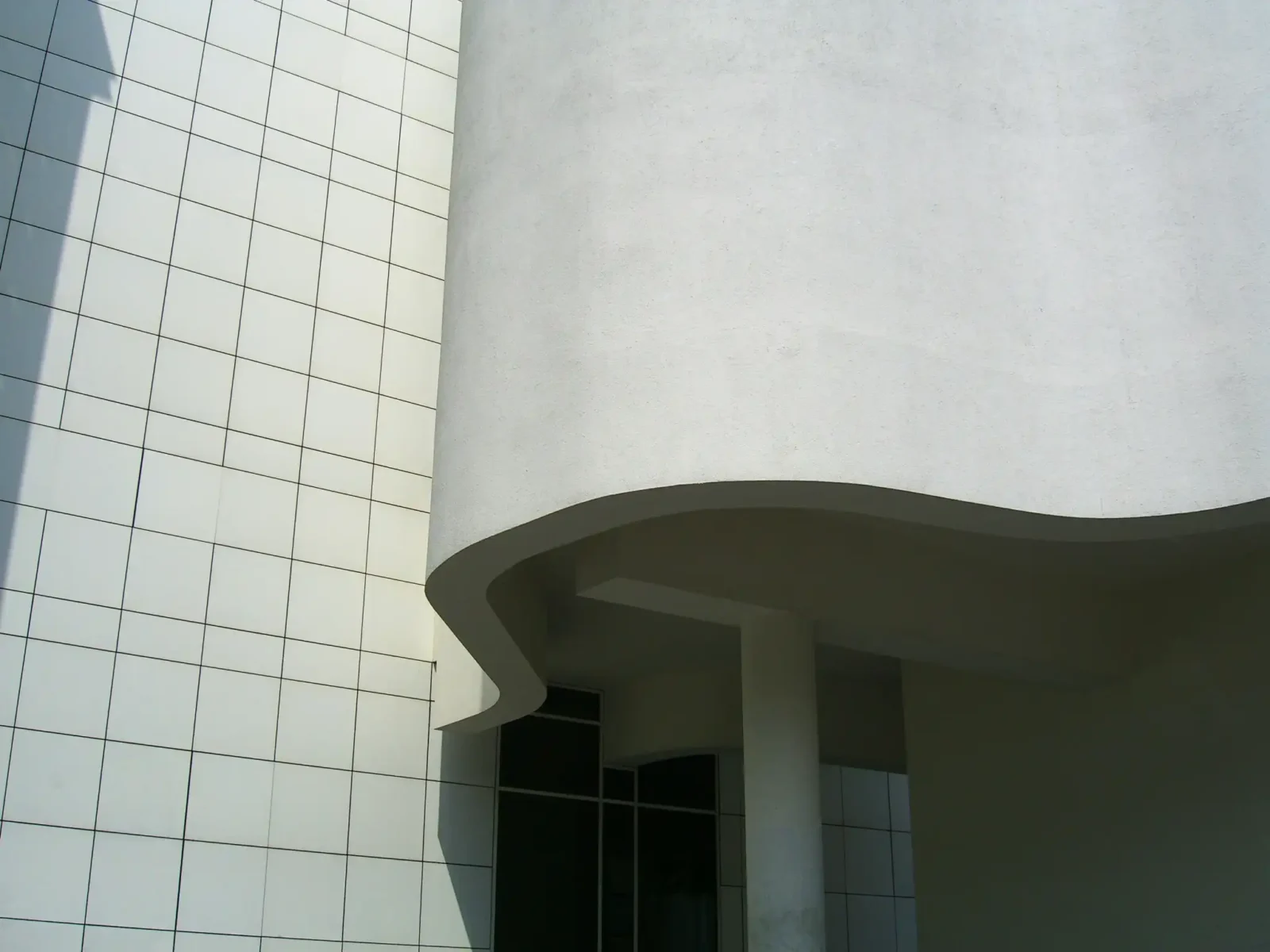
Leave a comment